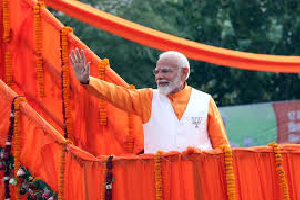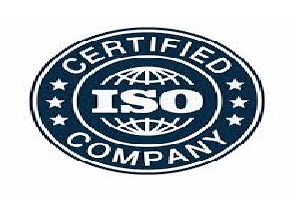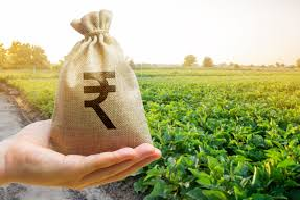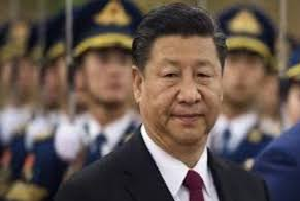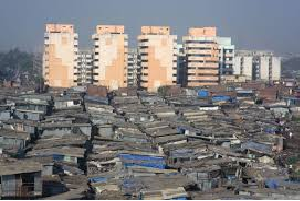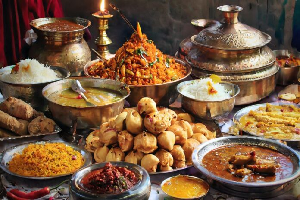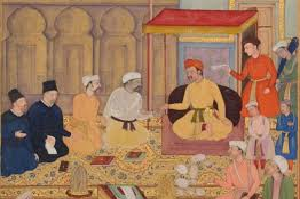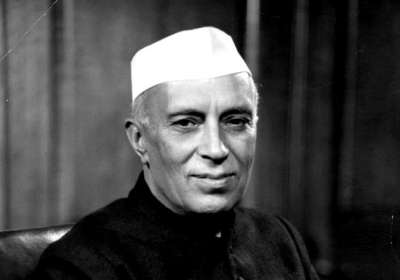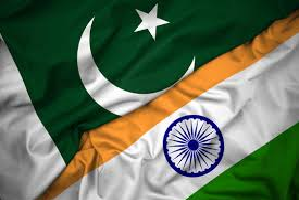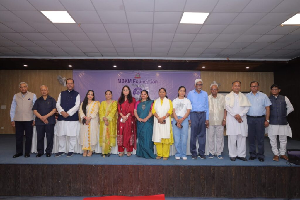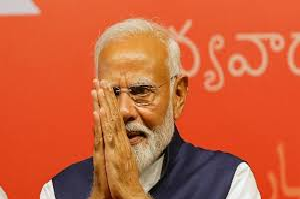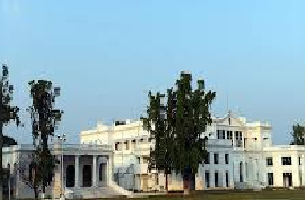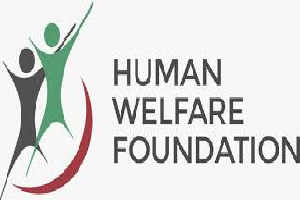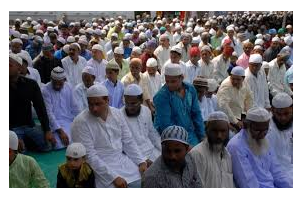24

Prof Shivaji Sarkar
New Delhi | Tuesday | 24 September 2024
India is facing a significant problem with the adulteration of milk and milk-based products, including ghee (clarified butter). Shockingly, the amount of fake or adulterated milk and dairy products in the market exceeds the production of genuine milk in the country. The figures related to the extent of adulteration vary widely, with estimates ranging from 7% to 79% of packaged milk being fake or tampered with. This issue has recently escalated into a major controversy involving adulterated "laddoo prasadam," a religious offering made with ghee.
One of the most disturbing cases of adulteration has emerged from Tirumala Tirupati, a famous Hindu temple in Andhra Pradesh. It was revealed that the ghee used in the preparation of prasadam, supplied by a Tamil Nadu dairy, was not pure. This ghee was being sold at Rs 320 per kilogram, and the supplier even claimed that it was certified by the Food Safety and Standards Authority of India (FSSAI). Alarmingly, around 3 tonnes of this adulterated ghee were sent to the Ayodhya Ramlala Temple for the ceremonial inauguration on January 22, 2024.
The ghee market in India is enormous. In 2023, it was valued at Rs 3,203 billion, and it is expected to grow significantly to Rs 6,931 billion by 2032, with a compound annual growth rate (CAGR) of 9%. However, the earnings from the sale of fake ghee and other dairy products may be twice as large as the legitimate market for pure milk and its products. For religious purposes, many people even buy "special" mustard oil or "pure" ghee, despite widespread concerns about the authenticity of these products.
India is facing a significant problem with the adulteration of milk and milk-based products, including ghee. The extent of adulteration varies widely, with estimates ranging from 7% to 79% of packaged milk being fake or tampered with.
A recent controversy involved adulterated "laddoo prasadam" at a famous Hindu temple in Andhra Pradesh. The ghee market in India is enormous, valued at Rs 3,203 billion in 2023, but the earnings from fake ghee and dairy products may be twice as large as the legitimate market. The dairy sector plays a vital role in India's economy, but concerns are rising due to widespread adulteration, particularly in the unorganized sector.
The issue is not only a matter of profit but also a serious health hazard, with estimates suggesting that up to 50% of milk in the market is diluted or tampered with.
The price of packaged ghee in the market typically ranges from Rs 460 to Rs 500 per kilogram. However, there is growing suspicion that much of this ghee is not of the quality it claims to be. The sheer quantity of dairy products such as paneer, ghee, mawa (a type of milk fudge), buttermilk, ice cream, and sweets being produced in India raises concerns about whether the country is even capable of producing such large amounts of pure products.
According to a report published in *Dainik Jagran* on September 22, to produce just 1 kilogram of ghee, about 25 liters of milk are required. This means that the price of genuine ghee should be at least Rs 1,500 to Rs 2,000 per kilogram. However, the ghee currently being sold at much lower prices raises doubts about its authenticity.
India is the world's largest milk producer. In the year 2022-2023, the country produced 230.58 million tonnes of milk, a 58% increase from 2014-2015. This accounts for 25% of the world's total milk production. India is also the top producer of butter, contributing 58% of the world's butter production. In 2020, the country produced around 170,000 metric tonnes of ghee, making it the largest producer and consumer of this product.
The dairy sector plays a vital role in India's economy, contributing 5% to the national GDP and directly employing over 80 million farmers. The milk production growth rate is impressive, with a compound annual growth rate (CAGR) of 6.2%. However, concerns are rising as nearly half of the dairies in India operate in the unorganized sector, where adulteration of ghee and other dairy products is widespread. Quality checks are irregular and often ineffective, leading to rampant adulteration.
The Economic Survey of 2021-22 highlighted that of the total milk produced in rural areas, about 52% is marketable. Unfortunately, less than half of this is sold through the organized sector, which includes dairy cooperatives and private enterprises. The remaining portion is handled by the unorganized sector, where adulteration is more common.
Various studies and reports provide troubling insights into the extent of milk adulteration in India. A 2018 study by the FSSAI found that only 62.3% of the milk sold in India meets quality standards. The Consumer Guidance Society of India (CGSI) reported that 79% of both branded and loose milk available in the market is adulterated. In Maharashtra, nearly 71% of loose milk packets do not meet FSSAI standards, while only 15% of branded milk meets these specifications.
Recent incidents highlight the gravity of the problem. In July 2024, 3,000 kilograms of adulterated ghee were seized in Gujarat. Around the same time, fake ghee was found in a retail mart in Jaipur, sold under a popular brand from the state. In June 2023, a large quantity of fake Amul butter and ghee was seized in Noida. Police in Madhya Pradesh discovered three factories producing fake milk and ghee, supplying around 200,000 liters of spurious milk daily to five different states. These factories were found using dangerous chemicals such as sodium thiosulfate, caustic soda, chloroform, and even shampoo to create fake dairy products.
Milk adulteration is not just an issue of profit but a serious health hazard. Some estimates suggest that up to 50% of the milk in the market is diluted or tampered with to increase profit margins. This is a growing concern, as India’s per capita milk consumption, as per the Economic Survey 2021-22, stands at 427 grams. According to a National Statistical Office (NSO) survey, the average monthly milk consumption per person is 4.33 liters in rural India and 5.42 liters in urban areas.
The FSSAI conducted a nationwide survey in May 2023 to assess the quality and safety of milk and milk products. Initial findings suggest that around 7% of milk samples were adulterated with harmful substances. The FSSAI has launched nationwide surveillance efforts to curb the growing menace of adulteration.
The case of adulterated ghee at the Tirumala Tirupati temple is just one example of the widespread issue plaguing India’s dairy industry. With estimates suggesting that up to 79% of dairy products are adulterated, the fake dairy market in India could be worth over Rs 5 lakh crore. This poses a significant health risk to consumers, and addressing this problem requires urgent action from both the government and regulatory authorities.
---------------








